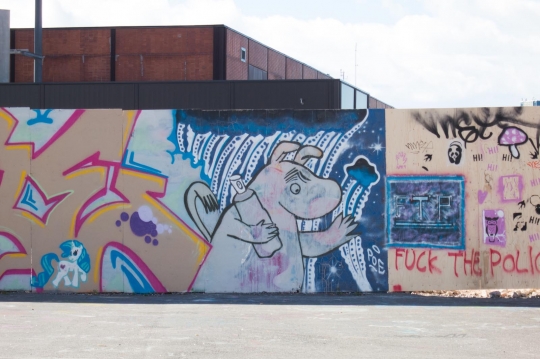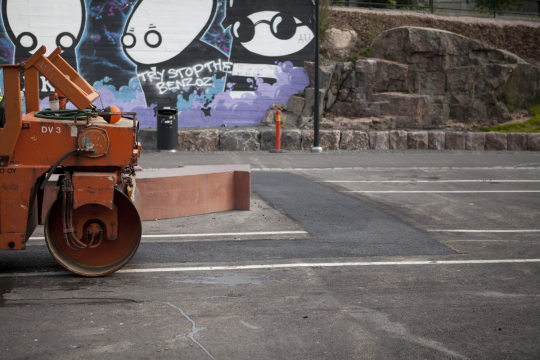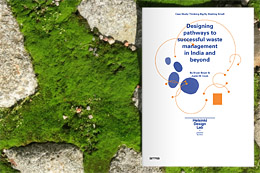Oh, a first for us! A two-and-a-half-weeknote.
The most recent round of recruiting for our Design Exchange Programme has closed. We had 46 applications for the Environment Ministry post and 47 for the Ministry of Employment and the Economy. Excellent! Marco and the rest of the hiring comittee are hard at work sorting through those now.
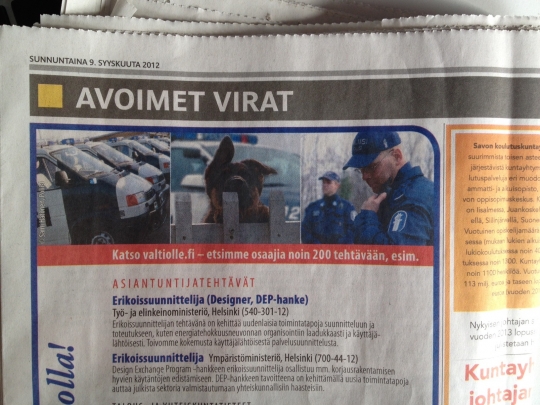
Our DEP positioned advertised in the Helsingin Sanomat... next to the police!
Rory Hyde came to town for a book launch of Future Practice, which includes a forward by Dan and an interview with me.
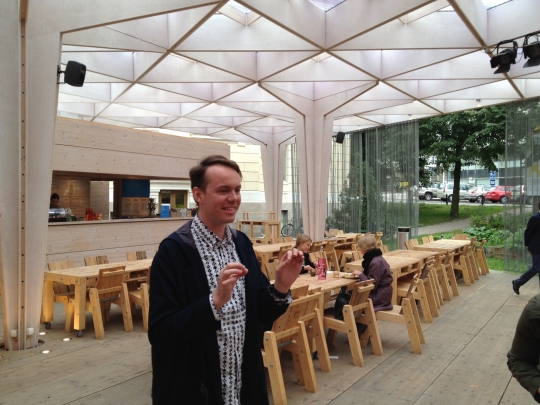
I think he's measuring the gap between today's practice and Future Practice.
We're working on an exhibition of the Brickstarter research project for the Istanbul Design Biennial. It involves things like creating a coffe-stained municipal mug, doing drawings, and writing some simple software.
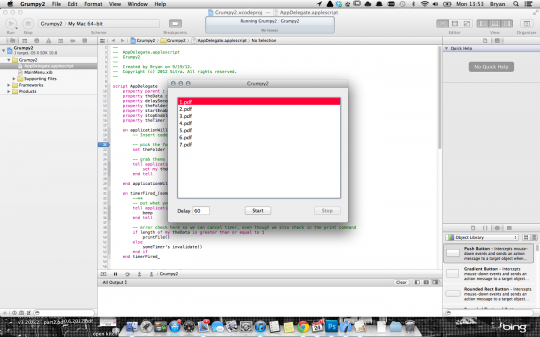
For a fun evening, teach yourself Applescript Objective-C. This will power our "Grumpy Printer".

"What font does a municipality use," Maija asks? "Impact!!!" we reply.
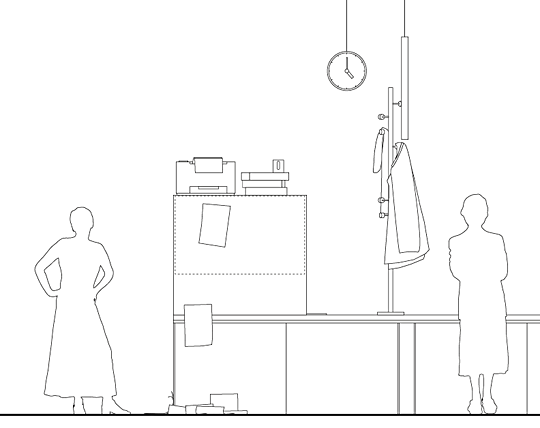
Friend-of-HDL Tuomas Toivonen's song U=Utopia (which was inspired by and namechecks Low2no) was recently covered on episode 16 of Euro crime drama The Spiral.
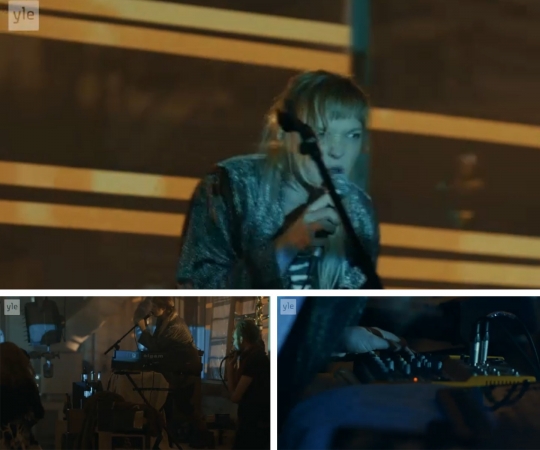
"I know you're angry, I'm angry too" she sings after Tuomas' lyrics
This is funny:
And this is sad:
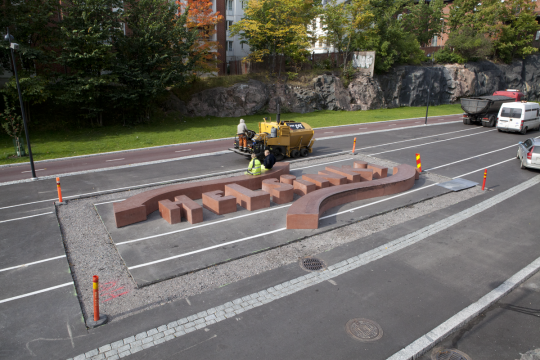
Baana skate sculpture surrounded by a moat that the city dug in response to citizen complaints about noises
Remember the Baana project, mentioned here previously? At one end of this sunken recreational pathway there's a sculpture in the shape of the word "Helsinki" extruded up out of concrete.
Last week a visitor would have found it in the state of the image above, featuring a 'moat' cut through the asphalt all around it. Why? To prevent skating. Originally it looked more like this. It was designed for skating, by the way.
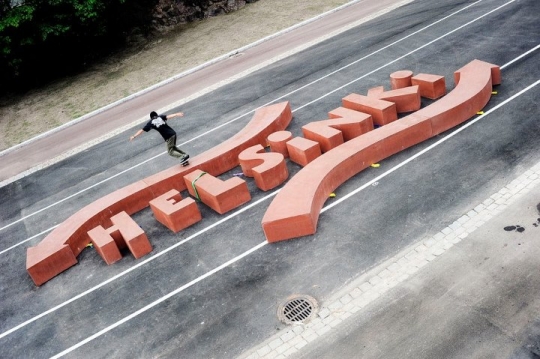
Baana skate sculpture as it originally appeared (image borrowed from Yksivaihde
After an unspecified number of complaints from nearby residents, the skating was deemed inappropriate and the city, as Dan puts rather eloquently, "vandalised their own project" to prevent people from skating. The part that pushes it into full absurdity is when the city's own safety regulations then force it to put orange cones up to mark the moat as a potentially dangerous change of ground surface.
Seemingly before the buzz of the planned 'moat' had even made it around town, the trench was already dug. A high point of city efficiency, to be sure, but not everyone was happy. The entire Baana project had gone through years of development with ample opportunity to comment or complain, as per standard procedures. So why were a few voices able to determine the fate of this city ammenity and have their voices translated into action so quickly, so unilaterally?
Then something doubly surprising happened: the city reacted quickly again, changing tack a second time and announcing that they would re-pave the moat. This restored Baana to its original, skateable condition, but leaves a visible and material scar of the non-debate.
On one hand this is a positive story about an agile city who was able to respond quickly, but on the other hand it's an allegory for the problems to come if we do not have more considered tools to help us negotiate these kinds of questions in the shared spaces of our cities.
Is this much agility always a good thing?

We were lucky to be walking by just as the Baana skate sculpture's moat was being filled in

